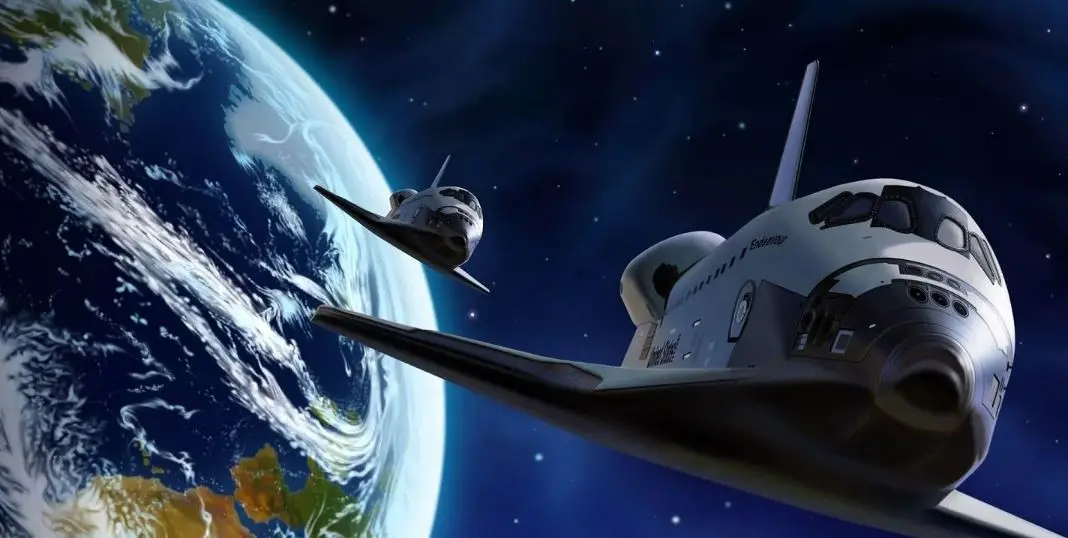Neutron stars are the densest celestial bodies in the universe other than black holes, with a lower mass limit of 1.1 times that of the sun.
But recently astronomers discovered that a neutron star named HESS J1731-347 is less massive than the sun, and is probably not a neutron star at all.
Rather, it is a more special, never-before-seen “strange star” composed of quark particles and unknown exotic matter.
A neutron star is a dense remnant of a star with a mass about 8 to 30 times the mass of the sun that has undergone a supernova explosion.
Most neutron stars are about 1.4 times the mass of the sun, and theoretically can be between 1.1 and 2.3 solar masses (Heavier ones will become black holes, and lighter ones will become white dwarfs. The difference between white dwarfs and neutron stars can be judged by different X-rays), these substances are all squeezed into a sphere only 20 kilometers in diameter.
So the nucleus is squeezed by extremely high pressure, and the electrons are forced into close contact with the protons, so that they turn into neutrons.
Previously, scientists measured the lightest neutron star to be 1.17 times the mass of the sun, but the latest study analyzed a neutron star named HESS J1731-347,
However, it was found that its distance from the earth was revised from more than 10,000 light-years to 8,150 light-years, with a radius of 10.4 kilometers and a mass of only 77% of the sun.
It is the lowest known mass among similar objects, and is even lower than theoretical predictions.
This may indicate that the theory needs to be revised, or that HESS J1731-347 is a super-special neutron star, or that HESS J1731-347 is not a neutron star at all, but a completely new and unknown strange star:
Essentially it looks a lot like a neutron star, but inside it contains more elementary particles called quarks, made of exotic fluids that contain up, down, and strange quarks.




